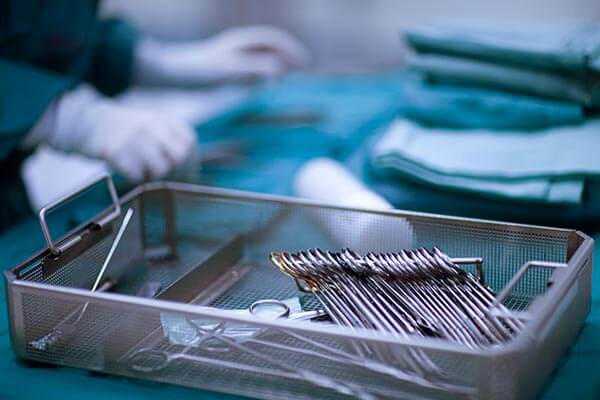Breast Reconstruction Melbourne
Breast Reconstruction Surgery
Restore symmetry
Breast Reconstruction Surgery is usually performed either at the time of or following surgery for breast cancer. Sometimes it may be used to treat congenital (present from birth or puberty) defects.
The following information provides a very basic overview of the complexities of breast reconstructive surgery. What is most suitable for you, whilst incorporating your wishes, will be determined in your consultations with A/Prof White.


Reasons women undergo breast reconstruction
- Restore your previous appearance.
- “Feel like a woman again”.
- “Put the cancer treatment behind me”.
- “I want to be able to buy clothes and dress easily again”.
- Proportionality.
Implant
Relatively simple procedure, shorter surgery time.
Is a very good reconstruction and can look very good initially but doesn’t always necessarily age well (gets harder over time) due to scar tissue or “capsule” formation especially if you have had radiotherapy in the area, this may then need multiple surgeries for “maintenance” often 5-10 yearly.
Stays high whilst other side will drop with time so asymmetry may develop.
Soft Tissue (Autologous) Reconstruction i.e. using your own tissues
Essentially, we are looking for skin and fat to replace what has been affected by the previous surgery and/or radiotherapy and minimise taking other tissues such as muscle.
There is a span of breast reconstruction techniques which have developed over the last 30 years and have become more complex surgically in order to achieve good results with lesser donor site morbidities (after effects).
The best site for this usually is the abdomen (belly) – It is essentially the tissue that is removed and discarded during a tummy tuck Melbourne procedure (abdominoplasty).
First tier – Pedicle TRAM (Transposition of Rectus Abdominus Muscle) flap
- This uses the skin, fat and muscle of the belly.
- Generally needs a small operation 3-4 weeks before the main reconstructive procedure.
- Good for making single, small to moderate sized breast.
- 4-5 hours operative time, hospital stay about 2-3 days.
Second tier – Free TRAM flap
- This means that we completely detach the tissue and re-anastomose (re-join) it with microsurgery.
- Positive: Larger volume of tissue can be moved reliably, better control of placement of tissue and possibly therefore better shaping ability.
- Negatives: More complex, longer operation 5-6 hours, hospital stay 7 days. – About 5% will need to go back to the operating theatre because there is a problem with the blood flow, about 50% of these are rescued, the others are then unsuccessful with the tissue being lost.
Third Tier – DIEP flap
- As a free TRAM but preserve the muscle so we just take skin, fat and blood vessels.
- Better in younger women who want to preserve abdominal muscle.
- We think that it is a better option if future pregnancies are planned.
- Definitely better if looking at a bilateral (both breasts) reconstruction.
- Longest operation, technically more challenging.
- 6-8 hours, 7 days in hospital.
The tiers don’t necessarily imply a better reconstruction in any specific patient but are indicative of the complexity involved.
Other tissue donor sites can include – back, inner thigh and buttocks.
It is essential that you see and talk to your plastic surgeon so they can outline what choices are technically possible in any one person and then in combination, a decision can be reached regarding the type of operation (if any) and timing.
Nipple reconstruction is often done at a later stage – this is a smaller, simple operation.
Influencing factors
Patient factors
- Psychology i.e. Patient needs to be coping with cancer regime and able to think clearly about and make good decisions regarding the reconstructive options.
- Health e.g. Body weight, smoking, comorbidities such as diabetes.
- Social e.g. Childbearing objectives, work.
Cancer factors
- Urgency re primary surgery (invasive, non-invasive, prophylactic).
- Need for other treatment especially radiotherapy and chemotherapy.
Contra-lateral side (i.e. the other breast)
Future breast cancer detection
It has been shown that reconstructions do not interfere with the detection of new or recurring cancers.
Breast reconstruction surgery is a very challenging area of plastic surgery. Sometimes small revisions are necessary (or even incorporated into the initial plan) to achieve an excellent final result.
Breast Surgery Resources

How Long Will Breast Implants (Breast Augmentation) Last?
Modern implants are designed to last for ten years or more. Breast implants (Breast Augmentation surgery) can effectively increase the size of the breasts,

Breast Implant Removal Pros and Cons
If you have breast implants (Breast Augmentation) and they’re bothering you for any reason, you may be considering breast implant removal surgery (Breast Explant Surgery).
